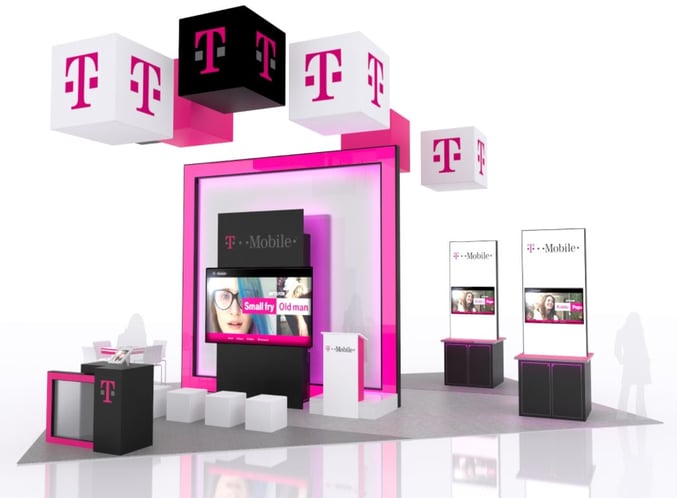Having this profile is important, no matter whether you’re a show organizer or an exhibitor. It will help to understand who you’re talking to so you have the ability to tailor your messages and offerings based on their needs and behaviors. Personalize everything to your various personas (audience segments) until you’ve crafted a message that makes them say, “I felt like you were talking just to me.”Okay, so let’s begin with a basic definition of what a persona is. Some people think it’s the same as audience demographics, but that’s only a small part of it. Actually it’s a composite profile of your ideal prospects and buyers that may include some demographics like age and location, but goes way beyond that by including your target audience’s interests, challenges, behaviors and motivations to buy. (If you’ve ever explored the options in Facebook advertising, you can see how much they drill down to create a custom audience based on interests and “likes.”) Think of it more like a fictionalized personality profile — it should read like a story or biography of that ideal person. (Because let’s face it: every audience is made up of individual people.)
 So how do you develop this kind of profile? A good place to start is by looking to your existing customers for trends. Ask your sales team what they hear from customers they talk with on a regular basis.You could even interview key customers to uncover likes and dislikes, as well as their goals, preferences, and challenges. Get into their head — what makes them tick? What keeps them up at night?
So how do you develop this kind of profile? A good place to start is by looking to your existing customers for trends. Ask your sales team what they hear from customers they talk with on a regular basis.You could even interview key customers to uncover likes and dislikes, as well as their goals, preferences, and challenges. Get into their head — what makes them tick? What keeps them up at night?
Define their role and responsibility in their job and what gaps need to be filled in order to be more productive. What level of decision-making responsibility do they have? How do they prefer to access and receive information (online, mobile, print, etc.) and who are their trusted sources? Basically you want to craft a ‘day in the life’ portrait of that person and what they’re facing. You can even give your persona a name to humanize them and make it easier to remember.
For example, here’s just one of my audience personas:
“Sarah is a show organizer, age 35-50, who may have an assistant or two, but is tired of going it alone, feeling isolated and frustrated. She’s ready for a fresh perspective and willing to take action to get the show out of a rut and grow, but doesn’t know where to turn. She doesn’t have the time or desire to sift through the mountain of ideas, trends and innovations out there. She wants to build a loyal exhibitor and attendee following, but needs to streamline and maximize her team’s efforts to do more with less.”
You want to narrow your focus to really zero in on a specific person. (Don’t worry … you can have more than one persona, but experts recommend no more than 3-5.) And if someone falls outside that key description, it doesn’t eliminate them from being a potential new customer if they still self-identify with your marketing message.
So now that you have this profile, what do you do with it? Well, think of Amazon and other online retailers: they use it to personalize communications and customer experiences. Sometimes the messages are almost scary-accurate in the language they use.
Now this doesn’t mean that you want your audience to feel creeped-out when they hear from you. But it definitely helps to speak to them in a way they can relate to. As one of my mentors says, “Enter the conversation they’re already having in their head.” Know what objections they’re already thinking of and address them before they can even ask.
Taking the time up front to understand your audience will not only help you connect with them before, during and after the show, but will also help turn them into loyal fans and repeat buyers.
Note: You may also want to check out my Trailblazer interview with Tom Pellet on how AAFP used audience personas to create customized experiences for attendees.
Guest Blogger: Marlys Arnold. With experiences as both an exhibitor and a show organizer, Marlys Arnold has a unique perspective on trade show exhibiting. As an exhibit marketing strategist, she travels the country consulting and training on how to create experiential exhibits that produce significantly higher numbers of qualified leads. She’s led workshops for events ranging from local consumer expos to some of the largest trade shows in the U.S. She hosts the Trade Show Insights blog/podcast, and is the author of Build a Better Trade Show Image, the Exhibitor Education Manifesto, and the ExhibitorEd Success System. She’s also the founder of the Exhibit Marketers Café, an online education community. To request an “Extra Shot of Exhibit Success” go to www.ExhibitMarketersCafe.com.






